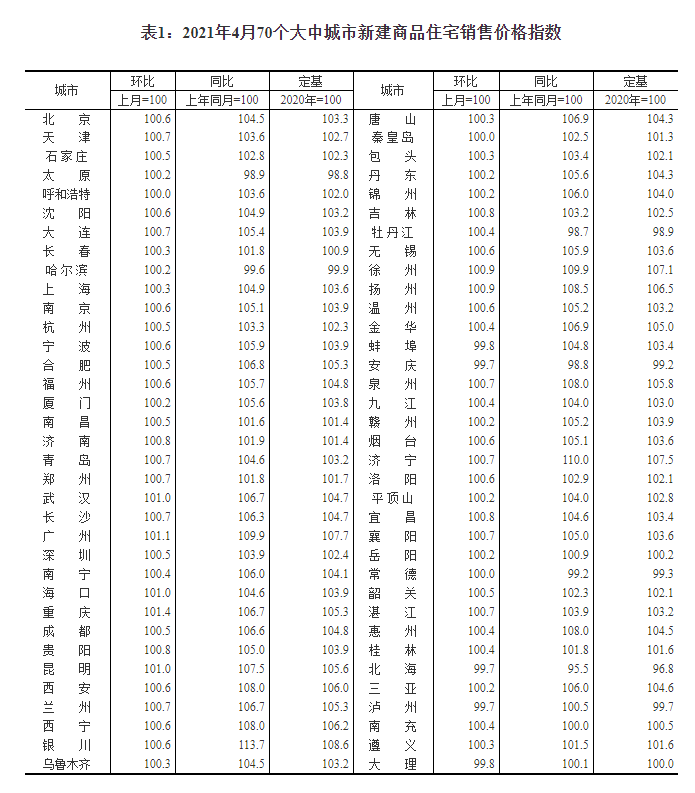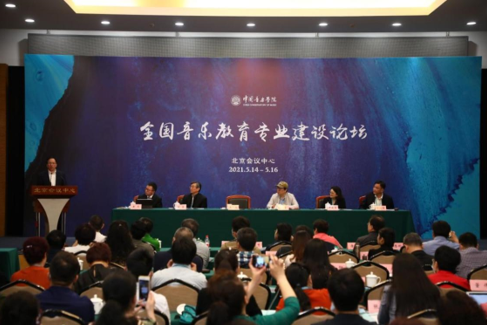BEIJING, November 30 (TMTPOST) -- In a Chengdu-based energy storage equipment production factory, there are many white container-shaped cabinets. If they are opened, a large number of battery units and control systems are seen.

(资料图)
“They are container-like battery energy storage systems (BESS), with a capacity of hundreds to thousands of kWhs. They can support industrial and commercial users for a few hours,” a person in charge of production told TMTPost. “In August when power rationing was in place in Sichuan province, our factory used this product to supply electricity to our own production line.”
The production line is still running in full capacity now to meet the deadline for the orders already placed by the clients.
In Zigong, another city in southwestern China"s Sichuan province,Zoenergy is ramping up to secure the delivery of products on time.
A glimpse of Zoenergy"s workshop
The two factories are just epitome of a booming industry in China, fuelled by growing demand. According to China’s Chemical and Physical Power Industry Association, China registered cumulative installed capacity of 43.44 GW in the energy storage industry as of 2021, which was 21.35% of the cumulative global installed capacity in 2021. Newly-added energy storage projects amounted to 146 in 2021, and new installed energy storage capacity in China was 7397.9MW, accounting for 65.44% of the global addition.
A looming energy shortage in Europe in the wake of the Russia-Ukraine military conflict also pushed up the demand for energy storage equipment. By 2025, residential energy storage demand in Europe and the United States are expected to surge to 10.2 GWh and 9.5 GWh, representing a compound annual growth rate from 2021 to 2025 of 53.7% and 68.9%, respectively, according to PingAn Securities’ industry outlook.
During just-concluded Goldman Sachs China Investment Forum 2022, an expert was upbeat about the long-term energy storage growth in China and the world. He said: “Europe is witnessing strong growth in household energy storage equipment and it is highly likely for China to see many large energy storage projects next year in China.”
With the massive demand, CATL,Guangzhou Great Power Energy and Technology, CALB, EVE, Gotion High-Tech,Sun Woda and Bak Battery have also allocated resources to the production of energy storage batteries.
Take CATL as an example. The largest battery producer in the world has set up 18 battery subsidiaries, including three pure energy storage battery subsidiaries. They are CATL Energy Storage Development incorporated on November 17, Tianjin CATL Smart Energy Storage Tech incorporated on September 28 and CATL (Shanghai) New Energy Storage Tech Research Institute established on August 5.
CATL said that the energy storage business segment has become the second most important pillar for the growth of the company. CATL Chair Zeng Yuqun predicted that the shipment of power batteries would reach 4,800 GWh while energy storage batteries would surpass 1,000 GWh by 2030.
As traditional battery companies produce energy storage batteries, new players have also jumped on the bandwagon. Since early 2022, publicly-traded companies, including furnace, air conditioning, engineering, computer parts, food, education, environmental protection and textile companies, have made forays into the energy storage industry.
As the energy storage sector is red hot, investments flow in quickly. As of early November, a total of 150 fund-raising events were completed in the year to date, raking in 80 billion yuan, the highest in five years. The year 2021 saw 91 fund-raising events, with 60 billion yuan of proceeds, while 48 fund-raising events occurred in 2020, ending the year with 30 billion yuan.
Policy-driven or Profit-driven?
With installed capacities of wind power, solar power and hydropower growing fast, came the weaknesses of new energy, including the fluctuation in their output and utilization rates. The difficulties in power delivery and peak shaving also put restrictions on the development of the power industry.
“With wind power and solar power fields being accessible to private capital, the new energy sector has expanded quickly in the past five years. But the problem now is that geographic areas rich with power and solar resources are often with little power demand. If wind and solar power cannot be delivered to the electricity grid, they are wasted. Thus energy storage becomes necessary,” explained Li Yinlin, general manager of Lok Capital’s research department.
In September 2017, the National Development and Reform Commission and four other departments jointly issued the Guidelines For Promoting Energy Storage Technologies and Industry, which was the first national energy storage policy in China. In 2019,the 2019-2020 Energy Storage Action Plan was unveiled to further speed up the energy storage industry.
Since 2021, over 600 national, provincial and local energy storage policies have been introduced. Among them, the Guidelines for Accelerating the Development of New Type of Energy Storage clearly stated that China’s installed capacity of new type of energy storage (excluding pumping energy storage system) shall surpass 30 GW by 2025. In addition, China’s goal of carbon peaking by 2030 heavily depends on energy storage technologies.
Energy storage scenarios include electricity generation, the power grid and users. In terms of electricity generation, energy storage would help renewable energy enter the electricity grid. For households, energy storage would help residents shave the electricity consumption peak and thus slash utilities bills given electricity prices are higher during peak hours.
“Energy storage application scenarios are mainly industrial and commercial users since residential users pay low fees. Our energy storage products targeting households usually are exported,” an executive in charge of his company’s sales said.
Despite the favorable policies, the energy storage industry are facing a few issues, including unprofitable business model, high prices of upstream raw materials and safety problems.
Only when revenues are more than costs, energy storage projects are profitable. Currently, revenues for energy storage projects mainly come from compensation for peak-shaving and arbitrage in power prices between peak hours and off-peak hours. But in most provinces, energy storage projects cannot recover investments with the two sources of revenues.
An industry insider told TMTPost that an internal return rate (IRR) of 10% for a solar power project is regarded remarkable and it takes about 10 years to recover investments. If an energy storage project is added to the solar project, the IRR would drop to 6% to 7% and the investment recoery period would be prolonged.
As most energy storage projects are unprofitable, many of them stay idle. According to the data released by the NDRC, the average utilization hours of energy storage stations which were put into operation in 2021 were only 483 hours or about 20 days.
In May 2022, the NDRC and the National Energy Bureau jointly issued the Notice Regarding Further Promoting the Participation of New Type of Energy Storage in Power Markets and Dispatch, which demonstrated China’s determination to push energy storage with marketization.
关键词: concluded Sachs Investment Forum






